Buddhist Mountain Monasteries in Korea
Tongdosa Temple
Tongdosa Temple
Introduction
Natural Environment
History
Temple Layout
Cultural Properties
Information
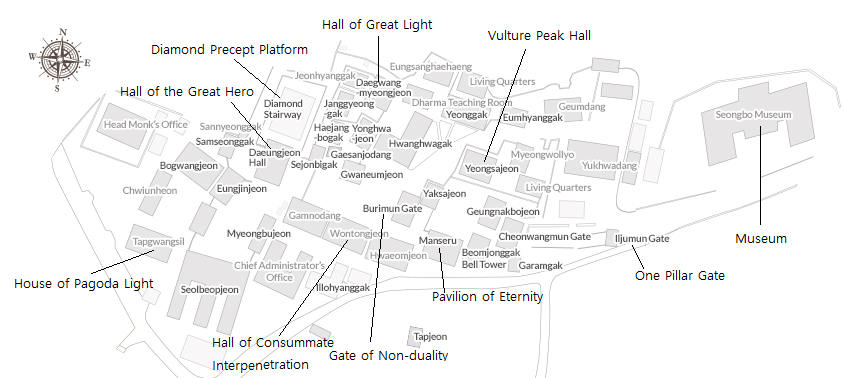
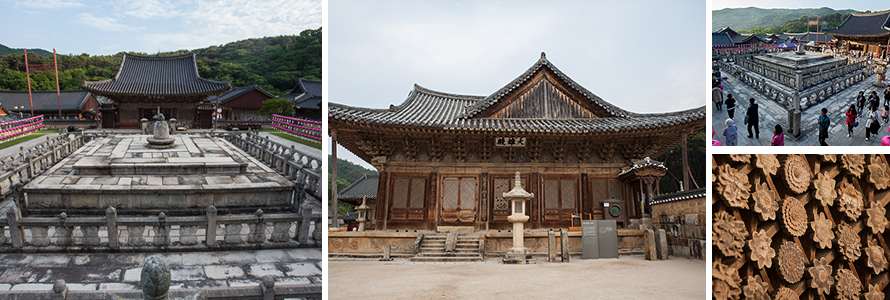
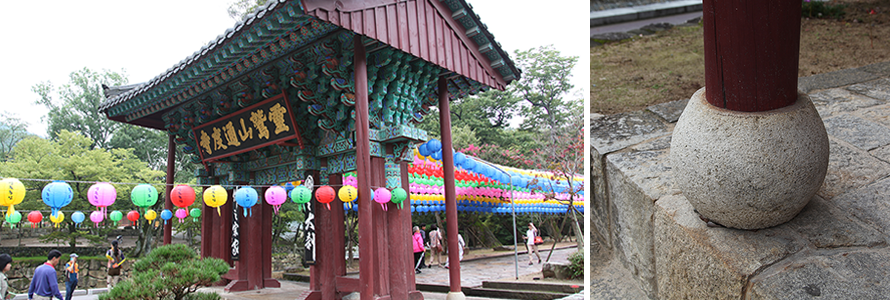
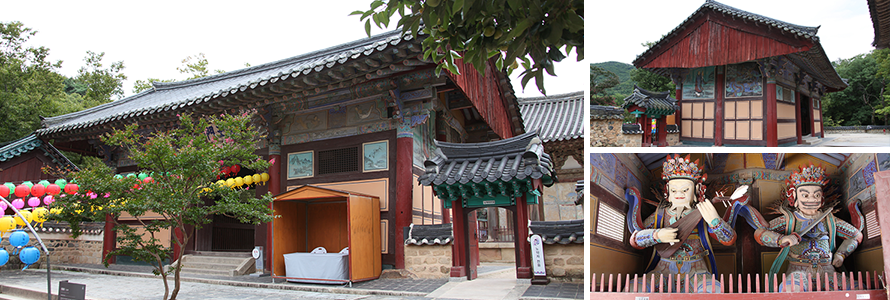
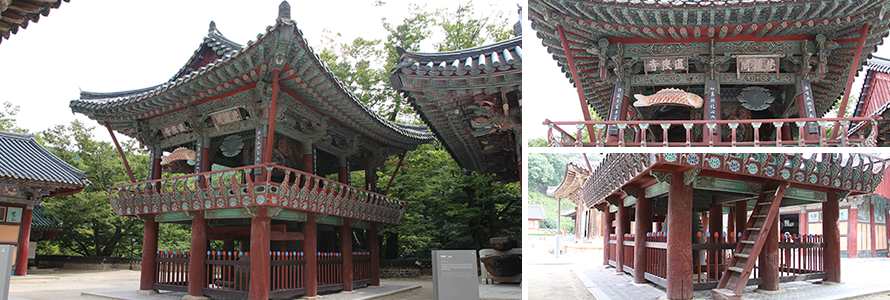
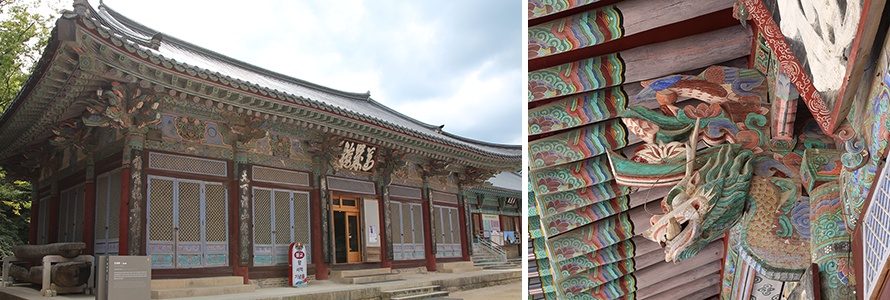
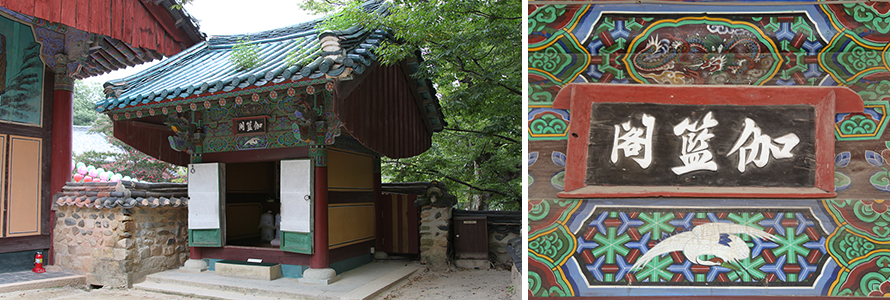
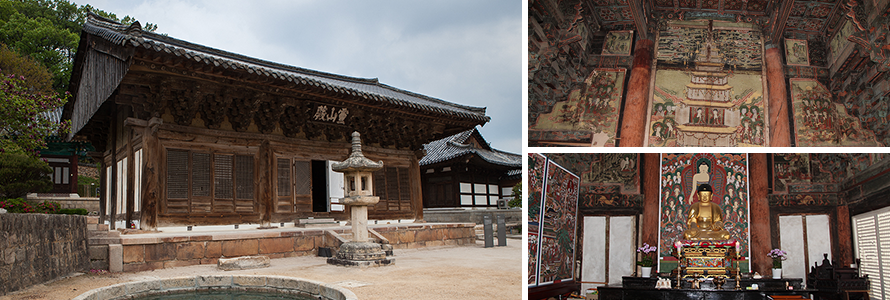
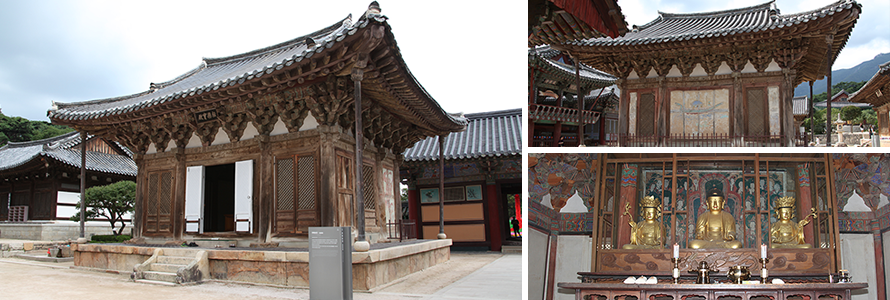
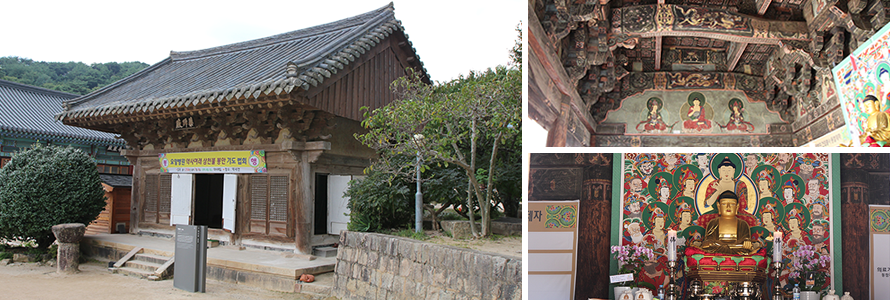
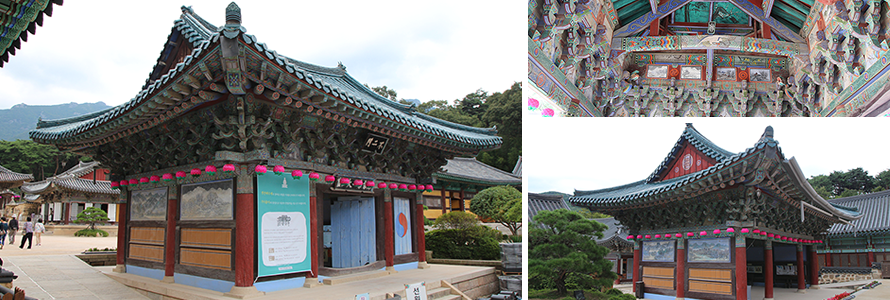
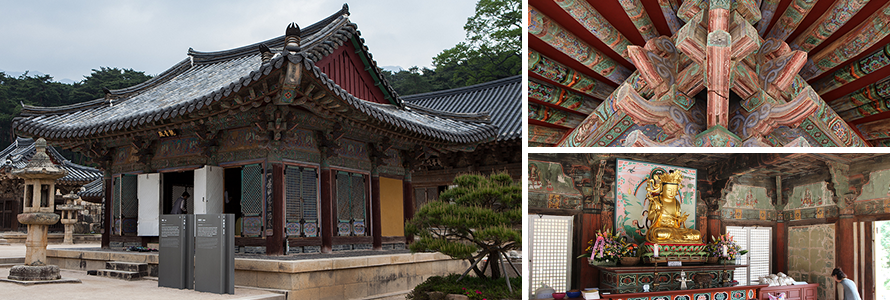
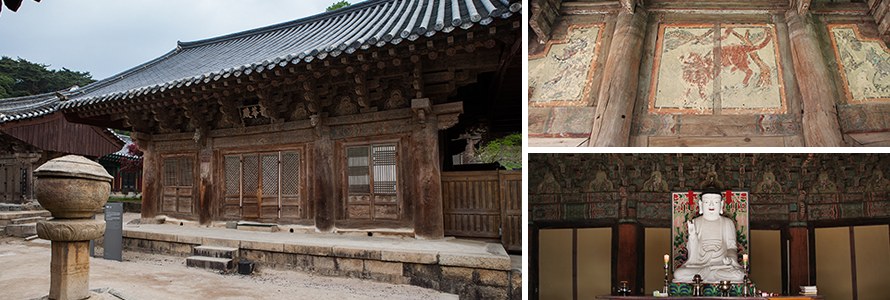

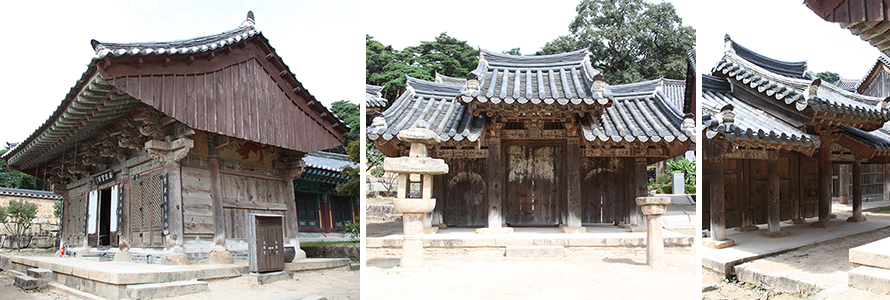
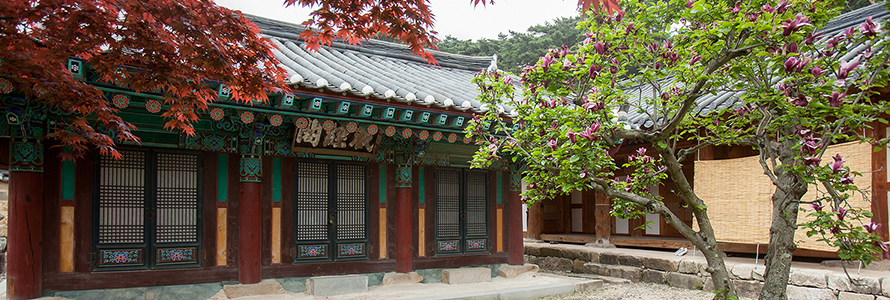
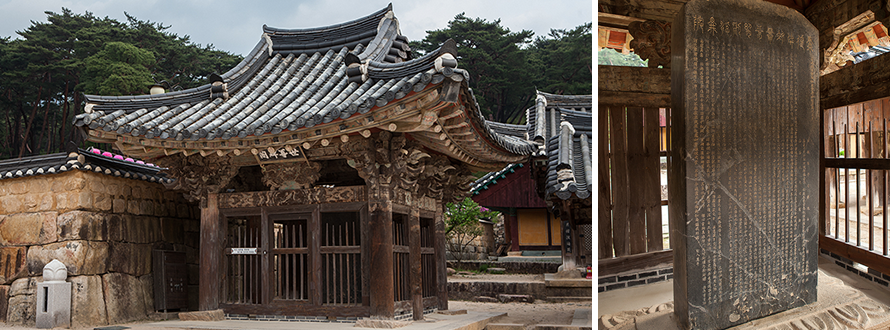
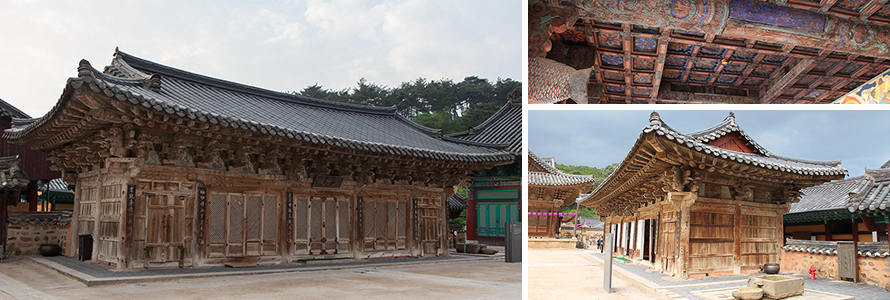

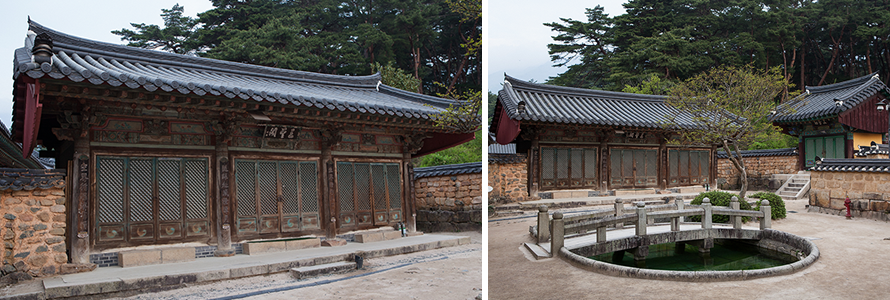
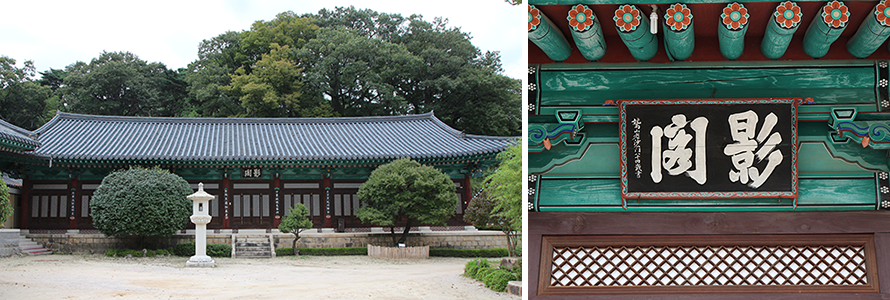
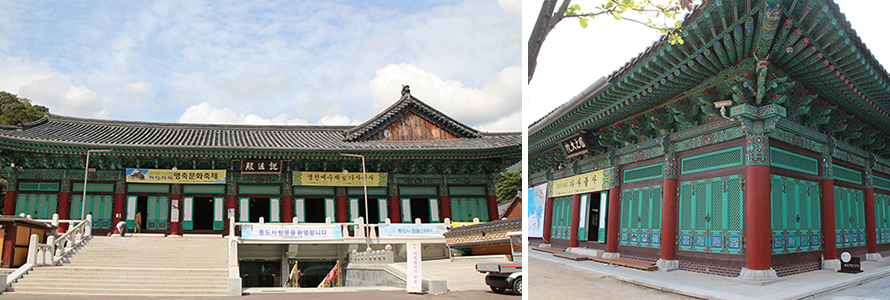
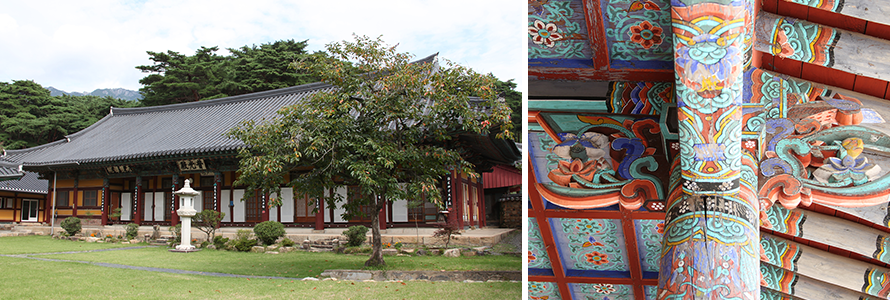
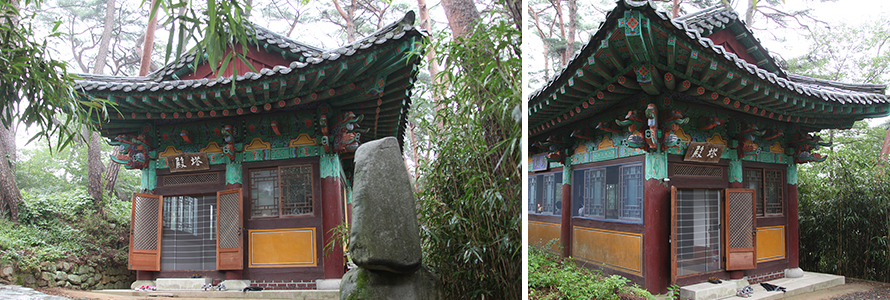
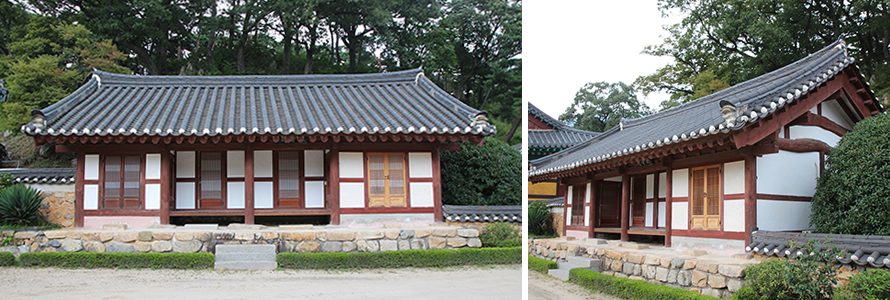
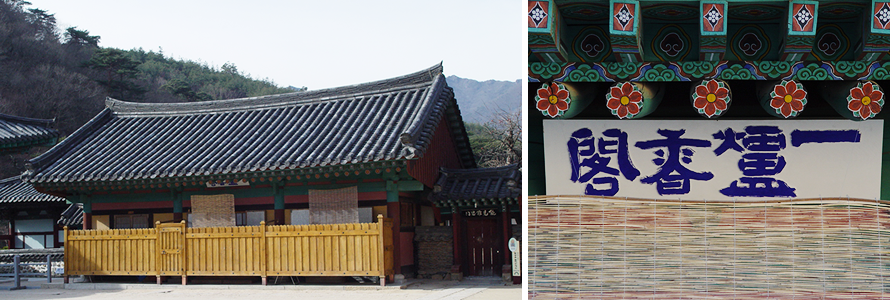
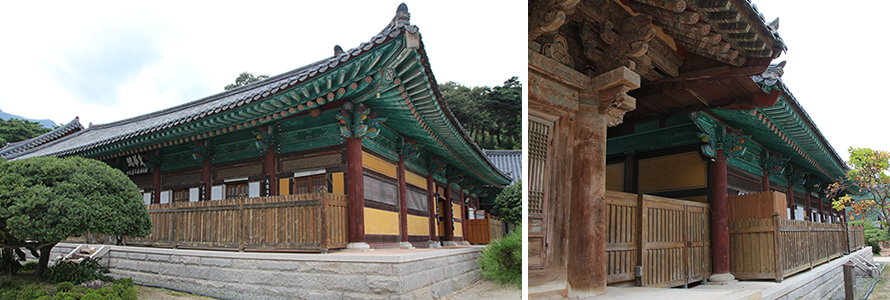
Layout of Tongdosa Temple

- Diamond Stairway and Daeungjeon Hall
- Iljumun Gate
- Cheonwangmun Gate
- Beomjonggak Bell Tower
- Manseru
- Garamgak
- Yeongsajeon
- Geungnakbojeon
- Yaksajeon
- Burimun Gate
- Gwaneumjeon
- Yonghwajeon
- Daegwangmyeongjeon
- Gaesanjodang and Haejangbogak
- Janggyeonggak
- Sejonbigak
- Myeongbujeon
- Eungjinjeon
- Samseonggak
- Yeonggak
- Seolbeopjeon
- Bogwangjeon
- Tapjeon
- Eumhyanggak
- Illohyanggak
- Hwanghwagak
Tongdosa Temple is divided into three areas, along the axis created by the large stream of the Yeongchuksan Valley. The Diamond Stairway, enshrining the genuine sarira of the Buddha, and Daeungjeon have high architectural value and their axes intersects the axis of the temple entryway, which was formed naturally along the stream. The temple buildings, each with its own unique characteristics, were built along the stream over time, forming three different spheres. This shows that diverse doctrine systems and sutras coexisted within this mountain temple.
Diamond Stairway and Daeungjeon Hall

Iljumun Gate

Cheonwangmun Gate

Beomjonggak Bell Tower

Manseru

Garamgak

Yeongsajeon

Geungnakbojeon

Yaksajeon

Burimun Gate

Gwaneumjeon

Yonghwajeon

Daegwangmyeongjeon

Gaesanjodang and Haejangbogak

Janggyeonggak

Sejonbigak (Monument for the World-Honored One)

Myeongbujeon

Eungjinjeon

Samseonggak

Yeonggak

Seolbeopjeon

Bogwangjeon

Tapjeon

Eumhyanggak

Illohyanggak

Hwanghwagak

